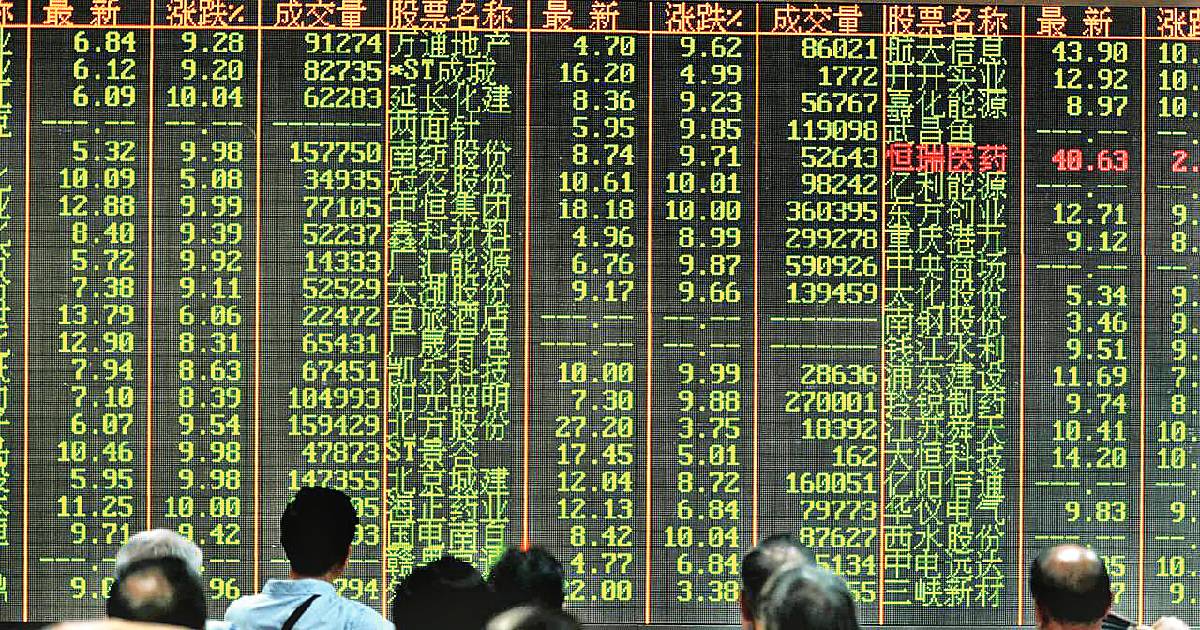Latest News
RISING US INTEREST RATES WON’T TRIGGER ANOTHER ASIAN FINANCIAL CRISIS

Singapore – Hawkish shifts in the US Federal Reserve’s monetary policy have often led to heightened financial and economic stress in emerging economies. In the early 1990s, the Fed raised interest rates preemptively to curb inflation, precipitating the 1994 Mexican “tequila” crisis. In 2013, the Fed signaled its intention to tighten monetary policy, resulting in the major emerging-markets sell-off known as the “taper tantrum.”
Given the region’s history, one might expect that policymakers in the ASEAN+3 countries – the ten members of the Association of Southeast Asian Nations, together with China (including Hong Kong), Japan, and South Korea – would be particularly anxious about the Fed’s increasing hawkishness. Indeed, the Fed’s recent efforts to curb high and persistent inflation have prompted fears of a regional financial crisis, similar to the Asian financial crisis of 1997.
But the Fed’s actions will not have as much impact on the region as they did in the late 1990s. Today, the ASEAN+3 economies are stronger and more durable, making a 1997-style financial meltdown improbable.
The 1997 crisis was mainly caused by a combination of macroeconomic imbalances and sharp capital-flow reversals, triggered by speculative attacks on the Thai baht and other regional currencies. East Asian economies had enjoyed a period of rapid growth before the crisis – funded by surging capital inflows and excessive foreign lending – but without sound regulation and policy. Most Asian currencies were still pegged to the US dollar, bank regulatory frameworks were simpler, and capital buffers were low.
Painful structural reforms have helped ASEAN+3 economies rebuild balance sheets, strengthen economic fundamentals, and establish robust regulatory frameworks. The region’s policymakers, more skillful in navigating uncertainties and managing shocks, have assembled a formidable, multi-layered $8.8 trillion financial safety net. In addition to their foreign reserves – $7 trillion in total – the ASEAN+3 economies can now rely on multilateral swap arrangements like the Chiang Mai Initiative Multilateralization agreement, and the International Monetary Fund.
Admittedly, there could be pockets of weakness across the region. The COVID-19 pandemic is not over yet, and each economy’s recovery trajectory will depend on its ability to adapt and seize new opportunities. US monetary tightening could adversely and unevenly affect financial markets in ASEAN+3 countries, and these developments might trigger portfolio outflows similar to the taper tantrum of 2013. In recent months, investors sold stocks in South Korea and the Philippines and reduced their positions in Indonesian and Malaysian bonds. So far, however, these outflows have been relatively insignificant and do not threaten financial stability.
Rising US interest rates will probably lead to some capital outflows and higher borrowing costs for the ASEAN+3 economies. But a fullblown 1997-style financial crisis remains unlikely. The region has moved on.
SOURCE: PROJECT SYNDICATE
HOE EE KHOR The writer is chief economist at ASEAN+3 Macroeconomic Research Office
KIMI XU JIANG The writer is an economist at the ASEAN+3 Macroeconomic Research Officer




.png)









.jpg)
.jpg)
.jpg)
.jpg)



